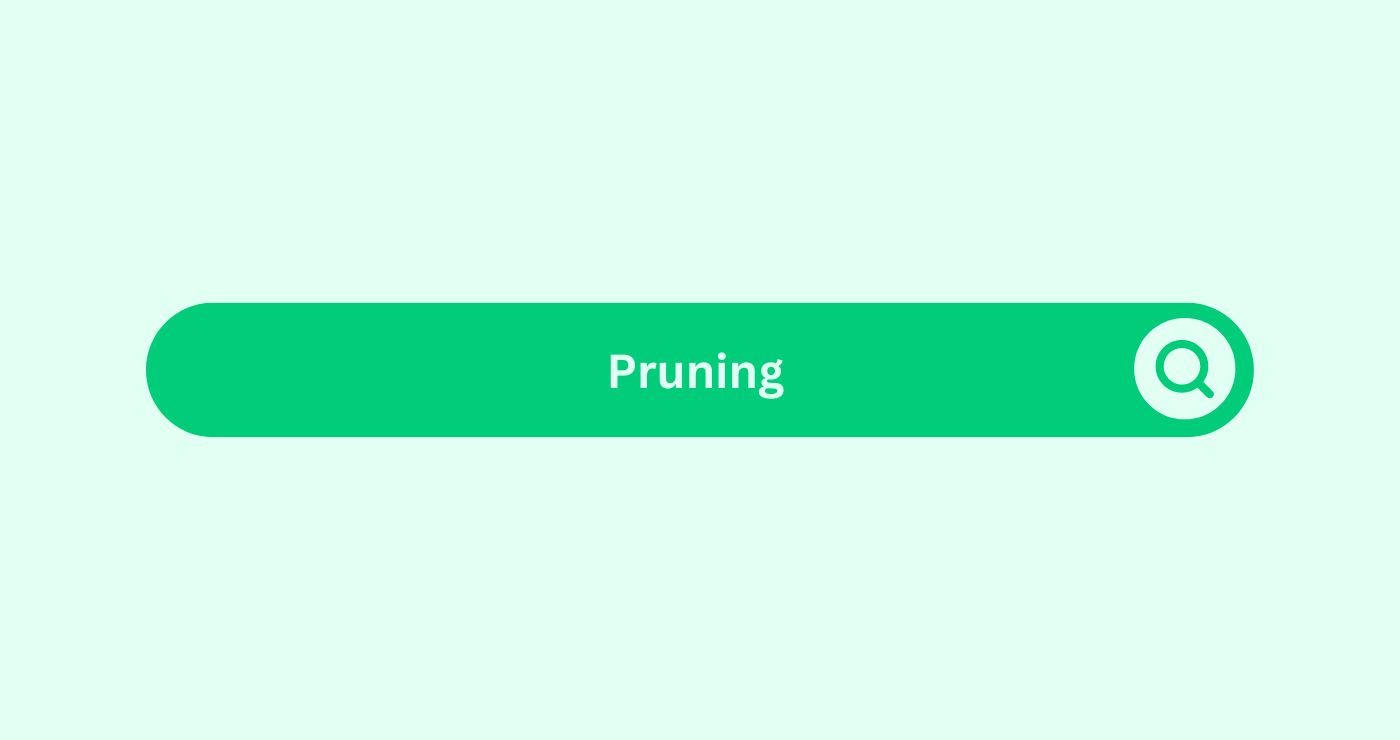Definition
In the context of SEO, pruning refers to the strategic process of identifying and removing (or updating) outdated, low-quality, or irrelevant content from your website. Similar to how pruning trees removes dead branches to promote healthy growth, content pruning streamlines your website by focusing on high-value content that resonates with your target audienceDefinition The term "Audience" refers to the group of indivi... More and search engines. This process can significantly improve your website’s overall SEO performance.
How You Can Use Pruning
Imagine you have a blog about healthy recipes. Over the years, you’ve accumulated numerous posts, some with outdated nutritional information or recipes using less popular ingredients. Pruning allows you to identify these posts and take action. You could update the content with fresh information, consolidate similar recipes, or even remove them entirely if they no longer add value. By focusing on high-quality, informative content, you enhance user experience and potentially improve your website’s ranking for relevant search terms.
5 Key Takeaways
- Pruning improves website quality and the user experience. Fresh, relevant content keeps users engaged and coming back for more.
- Pruning strengthens your website’s thematic relevanceDefinition In SEO, relevance refers to the degree to which a... More. Removing off-topic content helps search engines understand your website’s core focus.
- Pruning boosts crawl efficiency. Search engines prioritize websites with well-structured content, making it easier for them to crawl and index your valuable pages.
- Pruning can help identify opportunities for content consolidation. Merging similar content into comprehensive guides improves the user experience and reduces content redundancy.
- Pruning is an ongoing process. Regularly evaluate your website’s content to ensure it remains fresh and relevant.
FAQs
What type of content should I prune?
Target outdated content with inaccurate information, irrelevant content that doesn't align with your website's theme, duplicate contentDefinition Duplicate content in the SEO space refers to iden... More, and low-performing content with minimal trafficDefinition In the context of SEO (Search Engine Optimisation... More or engagementWhat is engagement in the context of content marketing? Enga... More.
How can I identify content for pruning?
Use website analyticsDefinition Analytics in the SEO context refers to the proces... More tools to pinpoint pages with low trafficDefinition In the context of SEO (Search Engine Optimisation... More and high bounce rates. Additionally, Google Search ConsoleDefinition Google Search Console is a free web service from ... More can highlight duplicate contentDefinition Duplicate content in the SEO space refers to iden... More or orphaned pages lacking backlinksWhat are backlinks in the context of SEO? Backlinks, also kn... More.
Should I completely delete pruned content?
Not always. Consider updating outdated content with fresh information or redirecting users to relevant, up-to-date pages on your website.
Will pruning hurt my SEO?
Proper pruning can actually improve your SEO by removing low-quality content that might be hindering your website's performance.
What are some tools that can help with pruning?
Website analyticsDefinition Analytics in the SEO context refers to the proces... More tools like Google AnalyticsDefinition Analytics in the SEO context refers to the proces... More, SEO crawlersDefinition Crawlers, also known as spiders or bots, are auto... More, and plagiarism checkers can aid in identifying content for pruning.
How often should I prune my website content?
Regularly audit your content, perhaps quarterly or bi-annually, to identify areas for improvement and pruning opportunities.
Can I outsource content pruning?
Yes, SEO specialists or content marketingDefinition Content Marketing is a strategic marketing approa... More agencies can assist with website audits and content pruning strategies.
What if I'm unsure whether to prune a piece of content?
When in doubt, err on the side of caution. If a piece of content isn't performing well and doesn't offer clear value to your audienceDefinition The term "Audience" refers to the group of indivi... More, consider pruning it.
Does pruning content impact backlinks?
If you remove a page with backlinksWhat are backlinks in the context of SEO? Backlinks, also kn... More, consider implementing a 301 redirect to a relevant page on your website to preserve link value.
How can I ensure a smooth pruning process?
Plan your pruning strategy, create backups of your content, and monitor your website's performance after making changes.




